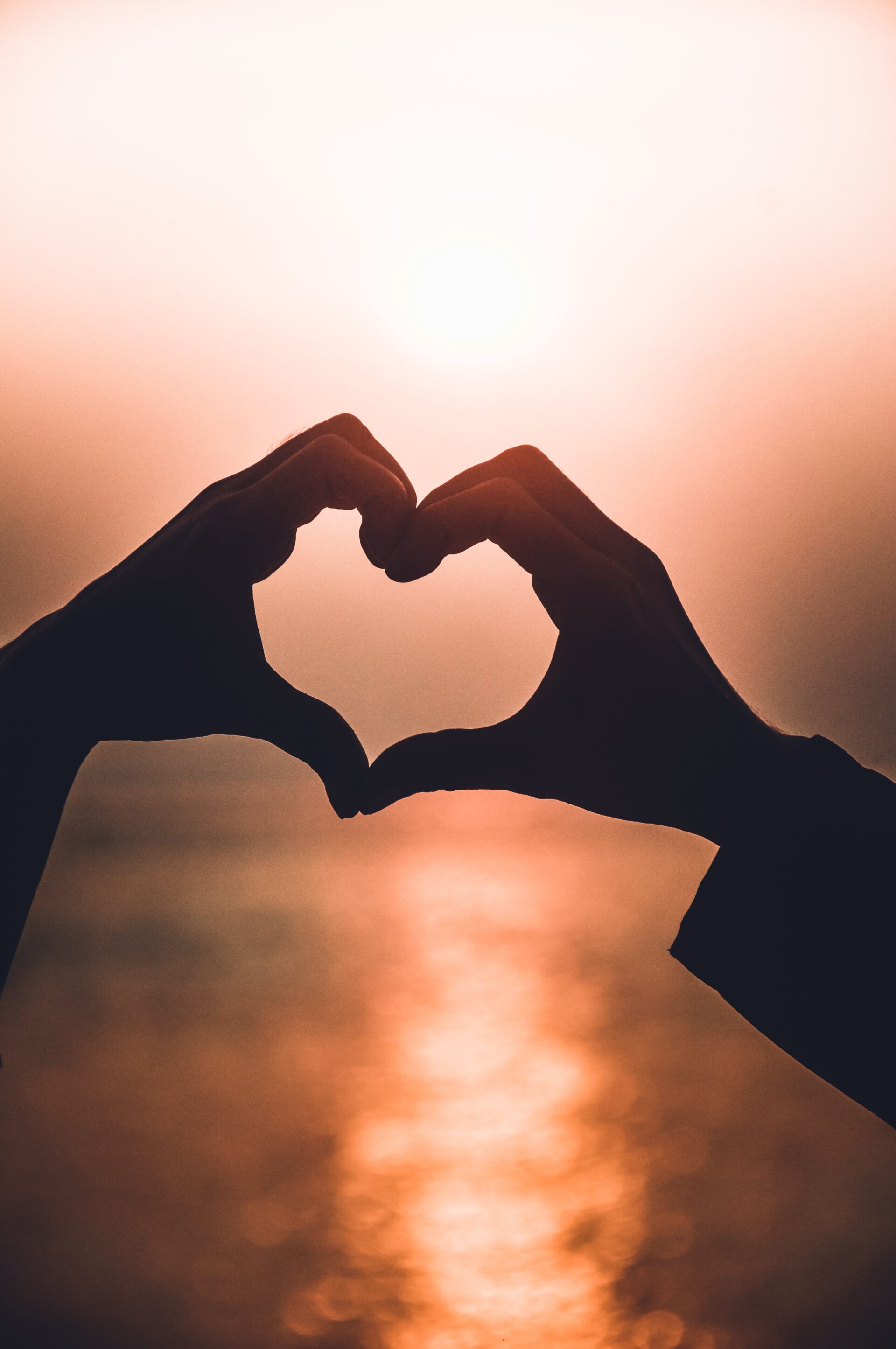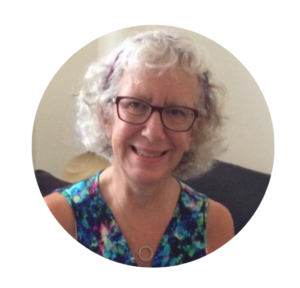A brain surgery survivor’s journey can be lonely and confusing. Every brain is different; every path is individual; every outcome is unique. But there are many common experiences along the way, where we can experience the power and solace of, “I’ve experienced that too” Each survivor with whom I’ve interacted has realized the comfort of feeling “normal” in this abnormal process. We face challenges in several general areas, and being prepared for those can be reassuring.
I remember thinking for a long time after my rupture, that I didn’t know who I was anymore. I’d changed in so many basic, core ways that I didn’t know how to integrate the changes with my old self. I think that all survivors struggle with questions of identity and self-definition. The one factor that helped me through those initial doubts, was finding out that I was not alone, that what I was experiencing was common and, even, to be expected.
I met my first fellow survivor soon after I got home from rehab. She was the sister in law of a close colleague and, as soon as I found out about her, I asked if she would talk with me. We met for coffee and it changed my whole outlook. She had made it, and was working and playing tennis and being a mom. To this day, I am grateful to Simone for the time and support.
Even in the hospital, I realized that the fatigue I was experiencing was extreme. I needed sleep above all else – lots of it. I called a friend who is an SLP and works with patients after stroke. In desperation, I asked, “Am I supposed to be THIS tired?” Her reassurance was so comforting – “Yes, the brain needs sleep to heal.” The reality is that you’ll probably feel very tired for several weeks after surgery. And concentrating on anything will be a challenge.
Moving through the phases of recovery, you will need to calibrate your stamina and make adjustments There will be times when you just need to rest and do NOTHING. It’s not being lazy or weak – it’s part of the process. Your brain is working harder than it’s ever had to – many common tasks take much more concentration and brain activity than they did before.
And then there’s neuro fatigue – one of the most debilitating consequences for many, as it impacts everything you do or plan to do, both physically and mentally. Visible signs of neuro fatigue can be a drawn, tense look, a pale or greyish pallor, glazed eyes, irritability and even too much activity (almost frantic). It really makes it impossible to do or to think – everything just stops working right.
Memory issues are another common area of challenge for us. I have never regained any more than flashes of the first two weeks after surgery – many survivors do not remember their time in ICU. It’s scary to realize that there are blanks, but again comforting to know that it’s a common result of brain surgery. Longer lasting memory weaknesses are also common, and we need to develop strategies that work for our unique needs.
I have found that strong emotions (much more at the surface than before my aneurysm) were part of the changes in my being in the world. When feelings surface, they come fast and unexpectedly, seeming out of proportion to the situation. My conversations with other survivors have revealed some commonalities. One experience that I have had that seems unique to me was my absolute inability to cry for at least two months post-surgery. I’m not sure why that happened – perhaps I was afraid I’d never stop or that the crying would be too intense – and I didn’t know who to talk to about it. The first time I cried was when I decided to leave full time teaching, and I cried a lot. I
Since then, I can cry, although not as readily or as often as I did Before.
Anxiety responses seem quite common in early recovery – not just apprehension, but panic or near panic in some. Whether caused by PTSD or as a reaction to the differences we are experiencing, many of us are anxious in new and different ways. For me, it has become less of an issue as time has passed, although I still experience intense anxiety more often than I did before my rupture.
Another common area that I was surprised to discover is sensory sensitivity. I expected visual and auditory overload – and those are very real. When we drove home from the rehab hospital, I was absolutely overwhelmed by all the traffic and motion in the world. But, the unexpected sensory differences were my taste preferences, and the fact that I could no longer tolerate the super-hot showers that I’d always loved.
For me, expressive language is a minor challenge; for many it is significant. I have mild word-retrieval issues. There was a graphic that I really appreciated – a completed jigsaw puzzle (what I meant to say) and a pile of puzzle pieces (the way I said it). Sometimes, I just have to stop, take a minute and start a sentence again. Others require more intensive interventions or therapy.
Recently, a friend asked if I would connect with a friend of hers who had just come home from her own ruptured aneurysm care. She asked about her own experiences – whether they were “normal” – and she seemed so reassured to hear that I’d experienced many of the same things. I told her and what I tell others, “What you are experiencing is similar to many. Talk, ask and explore so that you’ll know that you are not alone on your journey.”
I wish there were a handbook or pamphlet that could be distributed to patients and caregivers, describing these possible changes that we might encounter. It would have helped to be a little more prepared and aware. And, my question to clinicians is, “Would it be possible for you to connect your patients with those who’ve been there?” I know that I would be willing to be on a list of potential resources, and I’m sure there are others who would as well. The power of community and connection is so intrinsically important to the recovery process
Click the photo to learn more about Beth Losk.

